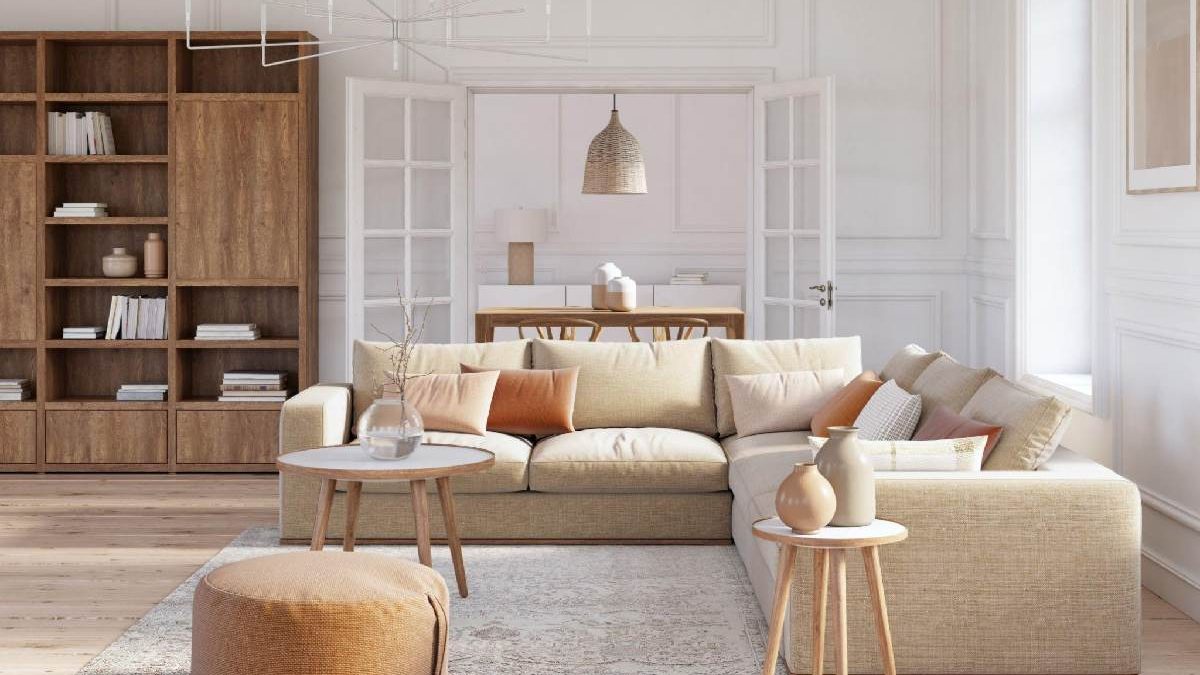Your furniture is integral part of your home, providing comfort, functionality and style. But as time passes, they show signs of wear and tear, making us wonder whether it’s time to upgrade. Perhaps your couch is sagging, your dining table is scratched and stained, or your bed is creaking every time you get off. Or you may live tired of looking at the same old pieces day in and day out. Whatever the reason, knowing when it’s time to upgrade your furniture can be a tricky decision to make. In this article, we’ll explore some of the telltale signs that indicate it’s time to invest in new furniture and offer tips on selecting the right segments for your home.
Table of Contents
Benefits of upgrading your furniture
Upgrading your furniture at the right time can offer many benefits for your home. First and foremost, it can enhance your living space’s overall look and feel. New furniture can give your home a fresh look and make it more inviting and comfortable. It could also improve the usability of your space by providing better storage solutions, more seating options, and more comfortable sleeping arrangements.
Another benefit of upgrading your furniture is that it will also boost your health and well-being. Old, worn-out furniture, such as chairs, can cause discomfort and even pain, primarily if it does not support your body adequately. You can lower your risk of back pain, neck pain, as well as health problems caused by poor posture by investing in new ergonomically designed chairs that allow for proper posture.
So, how do you know when to change your furniture? There are differ signs to look out for. The first sign is visible wear and tear. If your furniture is scratched, faded, or stained beyond repair, it’s probably time to replace it. Another significant sign is discomfort. If your couch or chair is causing back pain or your mattress is lumpy and uncomfortable, it’s time to consider investing in new furniture that provides better comfort and support.
Other signs that it’s time to upgrade your furniture can include broken or damaged pieces, a lack of storage space, and a desire for a new look or feel in your home. If you feel your current furniture isn’t meeting your needs or reflecting your style, it’s time to explore new options.
Tips for selecting the right furniture pieces
Choosing the right furniture pieces can be difficulitng, especially if you need help looking out where to start. Here we have few tips to help you choose the perfect pieces for your home:
● Before you start shopping for furniture, consider how you use your living space and your specific needs. Do you need more seating options? More storage space? A comfortable place to sleep? By identifying your needs, you can narrow your search and choose furniture that meets your requirements.
● Also, think about the style and design of your home. Your furniture should complement the existing style and design of your home. For instance, if you have a modern, contemporary home, you should choose furniture that reflects that style, whereas if you have a more traditional home, a classic piece is often a better choice. Furniture such as an aged metal coffee table can add a unique, rustic charm to your living room, blending well with both modern and traditional decors.
● Firstly, take dimensions of your room before you start shopping for furniture to ensure that it fits and complements the layout of your room or outdoor space.
● Your furniture should be comfortable and durable enough to withstand daily use. However, Seek for pieces made from high-quality materials that offer good support for your body.
● Buying furniture can be expensive, so it’s vital to set a budget and stick to it when shopping. Consider the cost of each piece and prioritize your purchases based on your needs and budget.
Eco-friendly options
If you’re concerned about the environmental effects of your furniture upgrade, there are several eco-friendly options to consider. One option is to purchase furniture made from sustainable materials, such as bamboo or reclaimed teak garden furniture, as they have a lower environmental impact than buying new furniture.
Another excellent option is to buy furniture made with eco-friendly practices, such as non-toxic adhesives and finishes, or from reputable sources. If you’re unsure, look for furniture that has been certified by organizations such as the Forest Stewardship Council (FSC) or the Sustainable Furnishings Council (SFC). Finally, consider buying used or refurbished furniture. This reduces the demand for new furniture, which can help reduce the environmental impact of furniture manufacturing. It’s also a great way to give old furniture a new lease on life.
Conclusion
After considering all the factors mentioned in this article, it’s safe to say that upgrading your furniture is a Case of aesthetics but also of functionality, and comfort. If you find yourself constantly rearranging your furniture, struggling to find storage space, or experiencing discomfort, it may be time to consider a boost. Remember, investing in good-quality furniture can save you money in the long run and especially improve your quality of life. So, take your time, do your research, and make a conclusion that will allow you to enjoy your home to the fullest.

